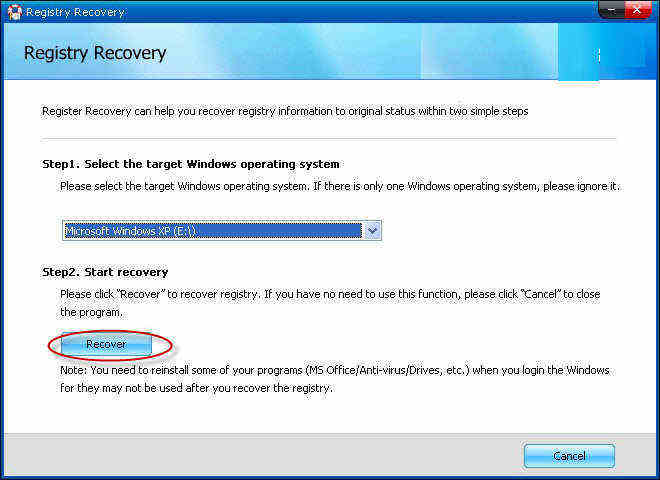


In the BIOS, change the boot order to have the CD-ROM boot before the hard drive. If the computer tries to boot directly into Windows, you need to enter the BIOS, usually by pressing "F2" or the "Del" key when the computer first starts up. When prompted, press a key to boot from the CD. Insert the Windows XP CD and boot up the computer. The process shouldn't affect any of the installed files, but having a backup is always a safer idea. Note down these programs or take a screenshot because you will have to reinstall them again.Make a backup of important files if possible. Select the most recent restore point from the list and then click on the Scan for affected programs button.You will see a list of all the available restore points created by program installations or Windows updates.System Restore utility will launch on your system.Type rstrui into the text box and press the Enter key. Press Win + R to launch the Run command box.Repeat the following steps to perform a system restore: If none of the above methods work, you can revert to a last known good system configuration using a restore point. The System Restore tool saves all Windows system files and drivers including the registry contents. If it finds any traces of malware, manually remove them from your system. Windows Security will execute a deep scan of all the files on your disk.Select the Full Scan radio button and then click on the Scan Now button.Navigate to Virus and threat protection > Scan options.Click on the relevant search result to launch the app.Open the Start menu and search Windows Security.Here’s how to do a complete system scan using Windows Defender: You must perform a thorough scan of your Windows computer using Windows defender. Malware can create and modify the registry items, and can even break or corrupt existing registry entries.


 0 kommentar(er)
0 kommentar(er)
